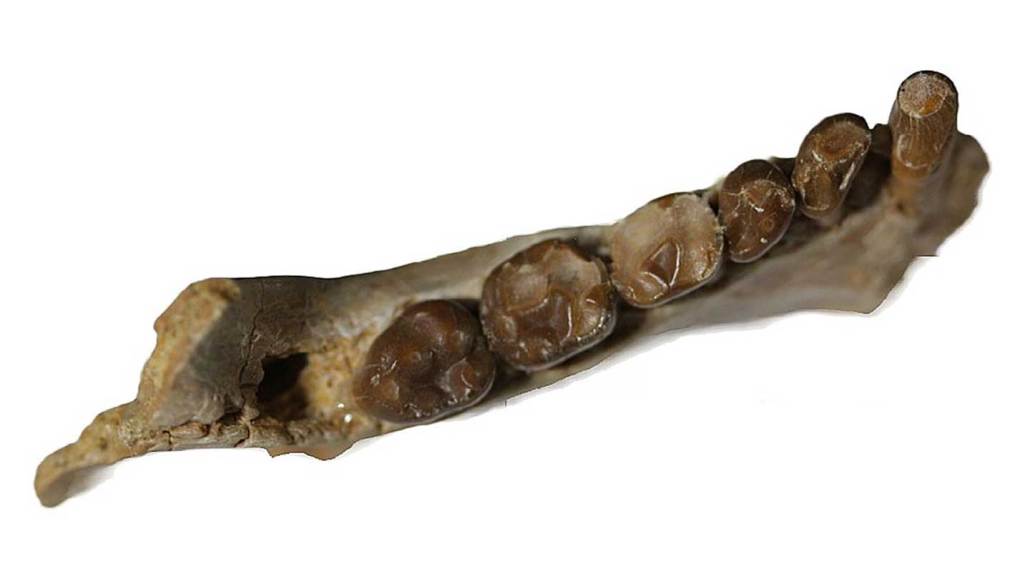Ancient primates’ unchipped teeth hint that they ate mostly fruit
Just 21 of more than 400 teeth had fractures, suggesting early primates had soft-food diets

An analysis of hundreds of teeth from roughly 30-million-year-old fossils, including this Propliopithecus chirobates specimen, suggests early primates ate mostly soft foods such as fruit.
I. Towle et al/American Journal of Biological Anthropology 2023